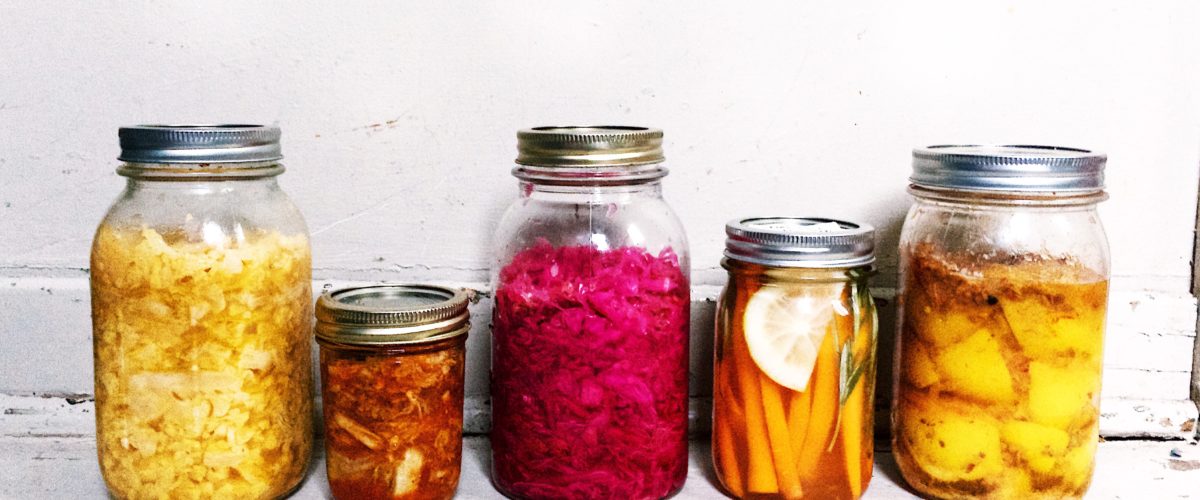21
2018
#PICKLES – THE DIFFERENCE BETWEEN USING OIL AND SALT

In older civilizations, including Indian salt was used to preserve any food item over a long period of time. Long before canning and refrigeration were around, the using salt was the only means to preserve food. The secret to extending the life of any food was to first sundry it then add salt, such that it made its own brine to preserve itself. Cucumbers Native to India, were carried to Mesopotamia and preserved in brine (2030 BC) and the Roman emperors would enjoy them everyday. This is possibly where pickled gherkins or cucumbers originated. When vegetables are sun dried (not like the German sauerkraut or Korean Kimchi) and their oxygen supply is cut off, and temperature controlled, it starts the process of anerobic fermentation, where due to a process called ‘lactofermentation’ lactic acid bacteria are created, making for a plethora of good bacteria for the gut.
Oil plays the role of a preservative only, to increase the longevity of the pickle and stable oils that are cold pressed work better. Basically because oil also aids in sealing of the air (oxygen) from the pickle. Hence the use of it in Indian pickles.
‘Pekel’ where the word pickle comes from means brine (salt+water). It is a method of cooking with salt. So its wrong to assume that salt is a Western method while oil is used in Indian pickles. It is actually salt that eats up the sugars of the vegetable being pickled and creates lactic acid bacteria, which aids preservation, fermentation and removal of potential bad bacteria. It helps the good bacterial (lactic acid bacteria) thrive and win the race, in the pickling process to actually create a good ferment.
This is why Macrobiotic pickles, use salt. The processor ‘lactofermentation’ needs beneficial bacteria to break down sugars in vegetables, create lactic acid, which is the natural preservative. Oil will not do this in isolation, andis not a mandatory ingredient. That’s why the Indian pickle needs oil and the salt together, as it’s the salt encourages this process, or an agent like vinegar. Vinegar because its already fermented initiates the bacterial reaction of the pickling to start that’s why its sometimes used as well; however the vinegar-based pickles are not that rich on bacterial strains as a pickle made with salt added to vegetables, and put through a process of anerobic fermentation.
Oxygen encourages spoilage and is a breeding ground for pathogens to survive. Hence cutting off oxygen helps the process. Also, the right temperature needs to be maintained. 70 degrees F an to 75 degrees F is ideal; that’s why most Indian pickles are kept in the Sun.
Now, know this about Indian pickles as no one points this out, whether they are homemade or commercial it’s the use of refined oils, common salt, sugar that makes them killers as against protectors of immunity. All these ingredients are creating free radical damage, aiding cellular death and causing ailments first. So using cold pressed oil is better, as is using rock salt or sea salt. All commercial pickles, since flavor is the only objective use bad quality vinegars, better options are apple cider, or other homemade vinegars. The plus of an Indian pickle is its use of spices, like turmeric (anti inflammatory), cumin and cardamom = cooling; cinnamon and clove = warming – so these when used with the right salt+oil+vinegar makes for a good pickle. However, they also use way too much sugar (lethal as we all know) and if you need sweetness then organic jaggery is a better option.
Stay mindful when buying a pickle, better to make it at home!!
